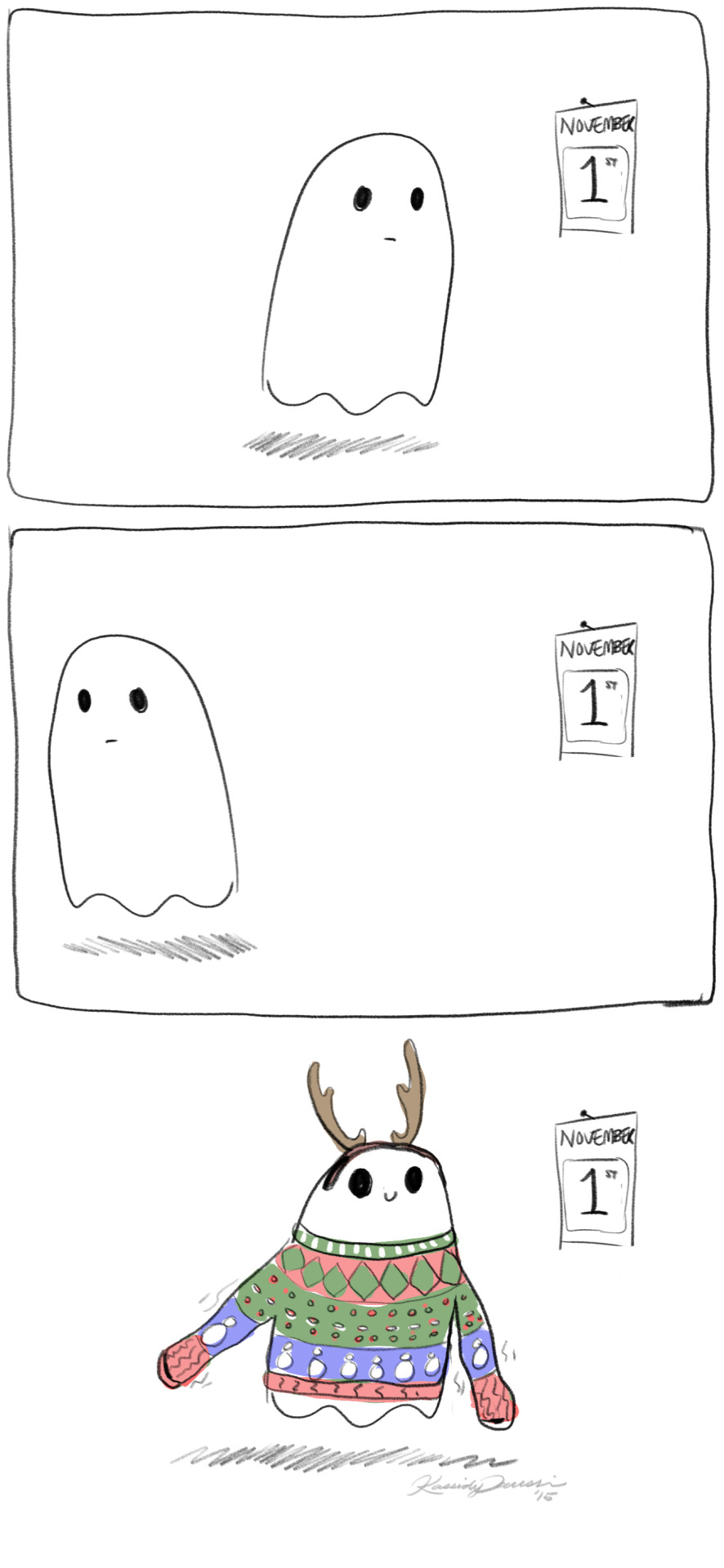Clouds Casting Thousand-mile Shadows When Viewed From The ISS

Clouds casting thousand-mile shadows when viewed from the ISS
js
More Posts from Spacecheesus-blog and Others
Space Oddity - David Bowie (1969)
Though I’m past one hundred thousand miles I’m feeling very still And I think my spaceship knows which way to go Tell my wife I love her very much she knows
Thank you, David. Rest in peace.
Greetings!
Welcome to my blog-thing Internet peeps.
This a personal blog for the things I encounter on the daily. I’ll probably be posting the things that interest me most ranging from space, coffee, technology, and the occasional cute thing. (Hint: cats!)
Happy perusing! :)

straight ppl: haha they can't be gay they're space rocks lol
me: by that logic they can't be straight either
straight ppl: ...
straight ppl: I don't appreciate your tone.

i love how garnet picks peridot up like she’s baby simba. the circle of life and death and love and birth continues~
Largest Collection of Planets EVER Discovered!
Guess what!? Our Kepler mission has verified 1,284 new planets, which is the single largest finding of planets to date. This gives us hope that somewhere out there, around a star much like ours, we can possibly one day discover another Earth-like planet.

But what exactly does that mean? These planets were previously seen by our spacecraft, but have now been verified. Kepler’s candidates require verification to determine if they are actual planets, and not another object, such as a small star, mimicking a planet. This announcement more than doubles the number of verified planets from Kepler.

Since the discovery of the first planets outside our solar system more than two decades ago, researchers have resorted to a laborious, one-by-one process of verifying suspected planets. These follow-up observations are often time and resource intensive. This latest announcement, however, is based on a statistical analysis method that can be applied to many planet candidates simultaneously.
They employed a technique to assign each Kepler candidate a planet-hood probability percentage – the first such automated computation on this scale, as previous statistical techniques focused only on sub-groups within the greater list of planet candidates identified by Kepler.
What that means in English: Planet candidates can be thought of like bread crumbs. If you drop a few large crumbs on the floor, you can pick them up one by one. But, if you spill a whole bag of tiny crumbs, you’re going to need a broom. This statistical analysis is our broom.

The Basics: Our Kepler space telescope measures the brightness of stars. The data will look like an EKG showing the heart beat. Whenever a planet passes in front of its parent star a viewed from the spacecraft, a tiny pulse or beat is produced. From the repeated beats, we can detect and verify the existence of Earth-size planets and learn about their orbits and sizes. This planet-hunting technique is also known as the Transit Method.

The number of planets by size for all known exoplanets, planets that orbit a sun-like star, can be seen in the above graph. The blue bars represent all previously verified exoplanets by size, while the orange bars represent Kepler’s 1,284 newly validated planets announced on May 10.

While our original Kepler mission has concluded, we have more than 4 years of science collected that produced a remarkable data set that will be used by scientists for decades. The spacecraft itself has been re-purposed for a new mission, called K2 – an extended version of the original Kepler mission to new parts of the sky and new fields of study.

The above visual shows all the missions we’re currently using, and plan to use, in order to continue searching for signs of life beyond Earth.
Following Kepler, we will be launching future missions to continue planet-hunting , such as the Transiting Exoplanet Survey Satellite (TESS), and the James Webb Space Telescope. We hope to continue searching for other worlds out there and maybe even signs of life-as-we-know-it beyond Earth.
Make sure to follow us on Tumblr for your regular dose of space: http://nasa.tumblr.com

The Tale of Earth and it’s sister Theia.
Have you found it weird that the earth’s axis is tilted by 23.5 degrees and wondered what led to this? Wait, Where did the moon come from?
Well, Here’s what scientists have theorized.
The Giant Impact Hypothesis
Theia, a mars sized planet collided ( it glanced and thankfully did not collide head on, else it would have destroyed earth ) with the Earth around 4.553 billion years ago.

Theia’s debris gathered together around Earth to form what we now call- The Moon.

The collision between the early earth and Theia was so immense that it tilted the axis of rotation of the early earth by 23.5 degrees.
And it remains tilted so that way even today!!

Why do they believe in this hypothesis ?
Scientists have a very good reason to believe in the Giant Impact Hypothesis:
Earth’s spin and the Moon’s orbit have similar orientations.
Moon samples indicate that the Moon once had a molten surface.
The Moon has a relatively small iron core.
The Moon has a lower density than Earth.
Evidence exists of similar collisions in other star systems (that result in debris disks).
Giant collisions are consistent with the leading theories of the formation of the solar system.
The stable-isotope ratios of lunar and terrestrial rock are identical, implying a common origin

Have a good day !
PC: sarice,
SpaceX Update:
The Jason-3 launch was successful.
The landing attempt on the droneship, however, didn’t go perfectly. The rocket booster is “on target at droneship” but SpaceX has said that a landing leg was broken due to a hard landing. I don’t know exactly what this means for the booster quite yet. I’ll update when I find out.

Halloween is over… Let the spooptivities begin
-
 youmight-know liked this · 11 months ago
youmight-know liked this · 11 months ago -
 kawaiidesu reblogged this · 11 months ago
kawaiidesu reblogged this · 11 months ago -
 kawaiidesu liked this · 11 months ago
kawaiidesu liked this · 11 months ago -
 johnacevedodesigner reblogged this · 1 year ago
johnacevedodesigner reblogged this · 1 year ago -
 johnacevedodesigner liked this · 1 year ago
johnacevedodesigner liked this · 1 year ago -
 crusicnatextlo liked this · 1 year ago
crusicnatextlo liked this · 1 year ago -
 syrupheaven reblogged this · 1 year ago
syrupheaven reblogged this · 1 year ago -
 cgclarkphoto reblogged this · 1 year ago
cgclarkphoto reblogged this · 1 year ago -
 hholygguaccammolle reblogged this · 2 years ago
hholygguaccammolle reblogged this · 2 years ago -
 kmine-ktine reblogged this · 2 years ago
kmine-ktine reblogged this · 2 years ago -
 enduringalder liked this · 3 years ago
enduringalder liked this · 3 years ago -
 seeking--the--essential reblogged this · 3 years ago
seeking--the--essential reblogged this · 3 years ago -
 seeking--the--essential liked this · 3 years ago
seeking--the--essential liked this · 3 years ago -
 snow-cone liked this · 3 years ago
snow-cone liked this · 3 years ago -
 seraphina-herondale liked this · 4 years ago
seraphina-herondale liked this · 4 years ago -
 superamiga liked this · 4 years ago
superamiga liked this · 4 years ago -
 twentym liked this · 4 years ago
twentym liked this · 4 years ago -
 delusionsofbeauty liked this · 4 years ago
delusionsofbeauty liked this · 4 years ago -
 aaronmichaelwoods reblogged this · 4 years ago
aaronmichaelwoods reblogged this · 4 years ago -
 aaronmichaelwoods liked this · 4 years ago
aaronmichaelwoods liked this · 4 years ago -
 mady-jane reblogged this · 4 years ago
mady-jane reblogged this · 4 years ago -
 gringatrash liked this · 4 years ago
gringatrash liked this · 4 years ago -
 rad-b liked this · 4 years ago
rad-b liked this · 4 years ago -
 balanceandtruth reblogged this · 4 years ago
balanceandtruth reblogged this · 4 years ago -
 balanceandtruth liked this · 4 years ago
balanceandtruth liked this · 4 years ago -
 thoughts-to-things liked this · 4 years ago
thoughts-to-things liked this · 4 years ago -
 the-holding-company liked this · 4 years ago
the-holding-company liked this · 4 years ago -
 sleepingweeds liked this · 4 years ago
sleepingweeds liked this · 4 years ago -
 valleydollvenom reblogged this · 4 years ago
valleydollvenom reblogged this · 4 years ago -
 wanderlustsecret liked this · 4 years ago
wanderlustsecret liked this · 4 years ago -
 jerzee55z liked this · 5 years ago
jerzee55z liked this · 5 years ago -
 tumbimongo reblogged this · 5 years ago
tumbimongo reblogged this · 5 years ago -
 tumbimongo liked this · 5 years ago
tumbimongo liked this · 5 years ago -
 gnostix1 liked this · 5 years ago
gnostix1 liked this · 5 years ago -
 carnalreincarnated reblogged this · 5 years ago
carnalreincarnated reblogged this · 5 years ago -
 obichodomonte reblogged this · 5 years ago
obichodomonte reblogged this · 5 years ago
Hello, folks! I mainly like to post things of the space, cartoons, and caffiene variety. Enjoy your stay! :)
37 posts





